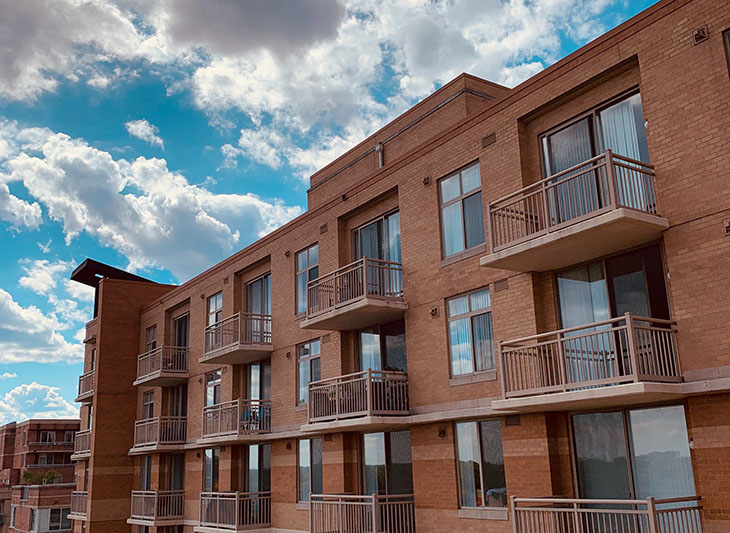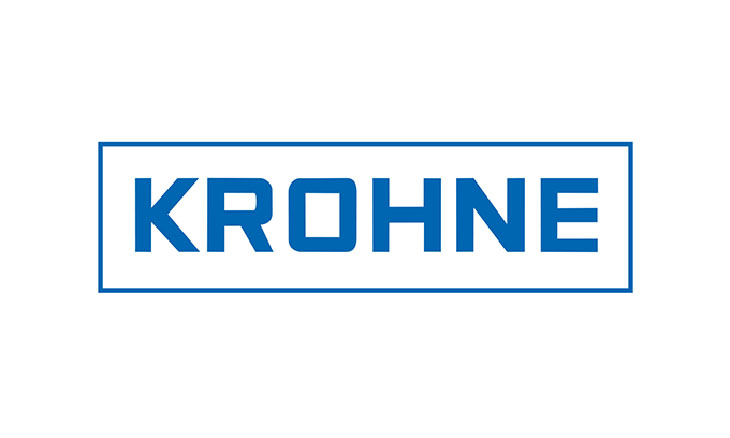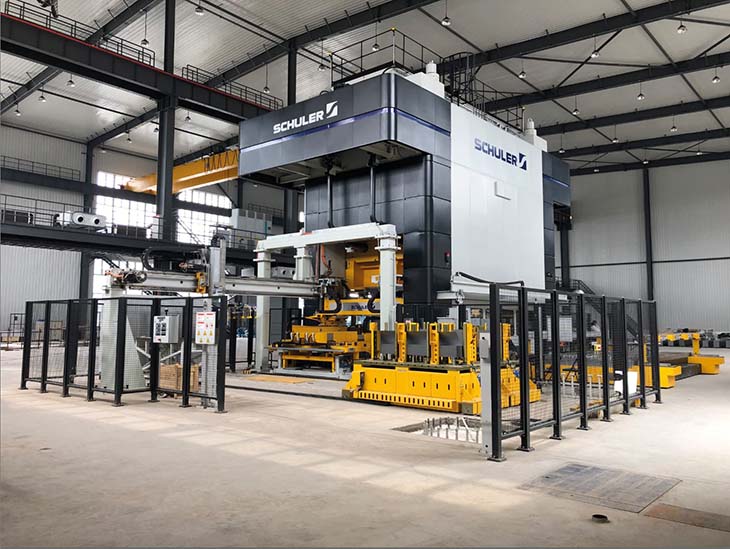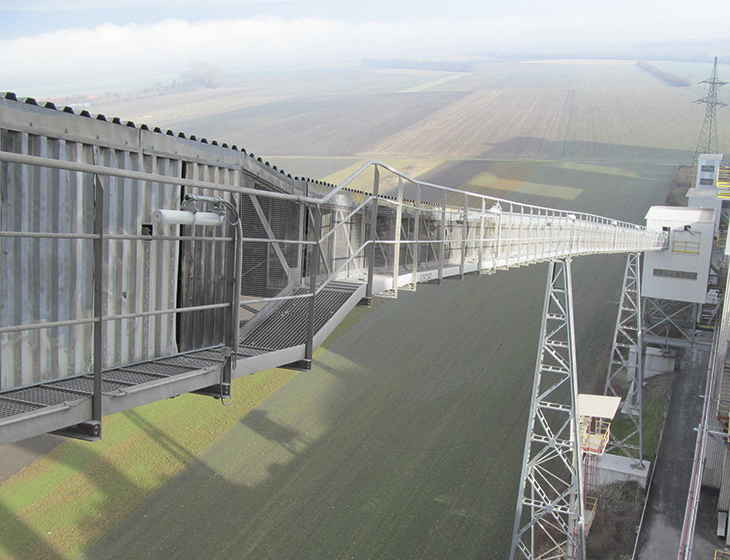Designing an apartment HVAC system is often more challenging than it initially appears. HVAC is one of the most important parts of occupant comfort, health and finances, and many disparate factors can affect it. These concerns are even more complex when working with multifamily units.
Multifamily apartment units will likely become increasingly popular as more Americans rent rather than buy. More than 44 million U.S. households rent their homes, and 8 million renters are couples with both partners or spouses present.
This rising demand for family-sized apartments will mean multifamily apartment HVAC systems will become a more common consideration for building professionals. Here’s how they can design a great one.
Consider the Size of the Unit
One of the most important considerations for apartment HVAC systems is their size. Multifamily units will likely need to be large due to more floor space, but simply up-sizing isn’t always an effective solution. This is a straightforward fix, but units can be too large.
Oversized HVAC units will turn on and off frequently, creating shorter cycles and placing unnecessary strain on components. They’ll also consume more power, raising costs, and will likely be unable to control humidity, leading to mold and similar issues.
Building designers must avoid the temptation to choose the largest available unit when working with multifamily apartments. Instead, they should carefully calculate the size they’ll need given the floor space and environmental factors like average temperatures and humidity. It’s best to err on the side of going too large, but designers should try to be as precise as possible.
Maximize Performance Through Building Design
The HVAC system itself isn’t the only part of the building that deserves attention. Efficient heating and cooling can be challenging in larger, multi roomed apartments for multiple families, so performance-oriented building designs are also crucial.
Several changes can help an HVAC unit perform to its full potential. Thermally efficient materials like R21 wall insulation can keep cool air inside as outside temperatures rise and vice versa. Window shading and green roofs can have similar effects, creating a more reliable barrier between interior and exterior air.
Ensuring buildings and HVAC ducts are well-sealed helps keep HVAC cycles short but sufficient. If designers don’t pay attention to these considerations, the HVAC system won’t maintain peak performance over time. Improving insulation and enabling better internal airflow will let even smaller units serve occupants’ needs.
Keep Efficiency in Mind
The most important factor in designing HVAC systems is health, followed by comfort. However, it’s easy to overlook the importance of energy efficiency in pursuing these goals. This should be a concern for every project, especially for multifamily units, given their often more stringent financial needs.
Average expenses for a family of three are $6,178 a month, compared to just $3,189 for an individual. Families tend to care more about efficiency, considering how heating and cooling are typically among the largest energy expenses in a home. Energy-efficient HVAC will lower the often-higher power costs of families, making a unit more appealing to them.
Designers can achieve this through multiple strategies, such as energy-efficient units and better insulation. Combining two or more will result in the most effective outcomes.
Don’t Overlook Occupant-Generated Moisture
Another factor in apartment HVAC systems that’s easy to overlook is occupant-generated moisture. Most building designers calculate how their environment, space and materials impact internal humidity, but dampness coming from occupants’ everyday activities may go unnoticed. When this happens, units may end up without the humidity controls they need.
A resident can produce as much as 90 grams of water vapor per hour through breathing and perspiration alone. Cooking can create 3,000 grams a day, washing clothes can generate 500 and a 15-minute shower produces 600 grams or more. Building professionals need to consider all this when choosing equipment and designing HVAC systems.
As these numbers highlight, a multifamily unit could produce a considerable amount of humidity from everyday activities. Consequently, these apartments must feature more moisture controls than their single-occupant counterparts.
Consider Decentralized Systems
One specific type of apartment HVAC system that can work well in multifamily units is a decentralized solution. Centralized systems are the go-to for apartment buildings, but decentralized alternatives may be the better choice for multifamily apartments, thanks to their control and affordability.
Decentralized HVAC systems are more cost-effective in larger apartments because separate rooms’ controls are independent of each other. That granular level of control is often unnecessary for single-occupant units, but multifamily buildings will likely have more rooms and floor space. Without separate controls, costs could get unnecessarily high because of disproportionate needs in one area.
Self-contained systems may be among the best for multifamily units, as they’re more energy-efficient and cheaper to install. However, building designers must review their specific needs to find the best option.
Look Into IoT Functionality
New technologies can help provide the most value and protection for multifamily apartment HVAC systems. Internet of Things (IoT) sensors and devices let HVAC systems collect real-time data and adjust accordingly. As a result, these smart technologies offer more precise operation than their traditional counterparts.
While they cost more upfront, smart thermostats can reduce utility costs by adjusting to real-time needs. Instead of running in regular cycles, they go off data to meet given temperatures with as little energy as possible. This makes them more effective at achieving target temperatures and humidity and reduces their carbon footprint.
Families will appreciate the savings, and the accuracy will help maintain even temperatures in a larger space. Occupants can install these technologies later, but offering them built-in from the beginning can be an effective marketing tool.
Multifamily Apartment HVAC Systems Have Unique Needs
Multifamily units carry many of the same concerns as all apartment HVAC systems but to a greater degree. They also have some unique considerations that building and construction professionals can’t overlook. Understanding these needs is the first step to appealing to this growing market.
These design considerations will become increasingly important as demand for multifamily apartments rises. Learning them now can help ensure future success.

























